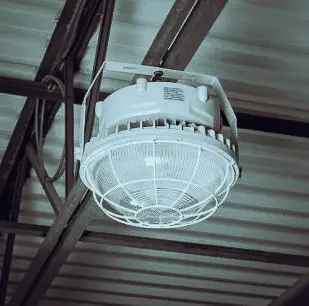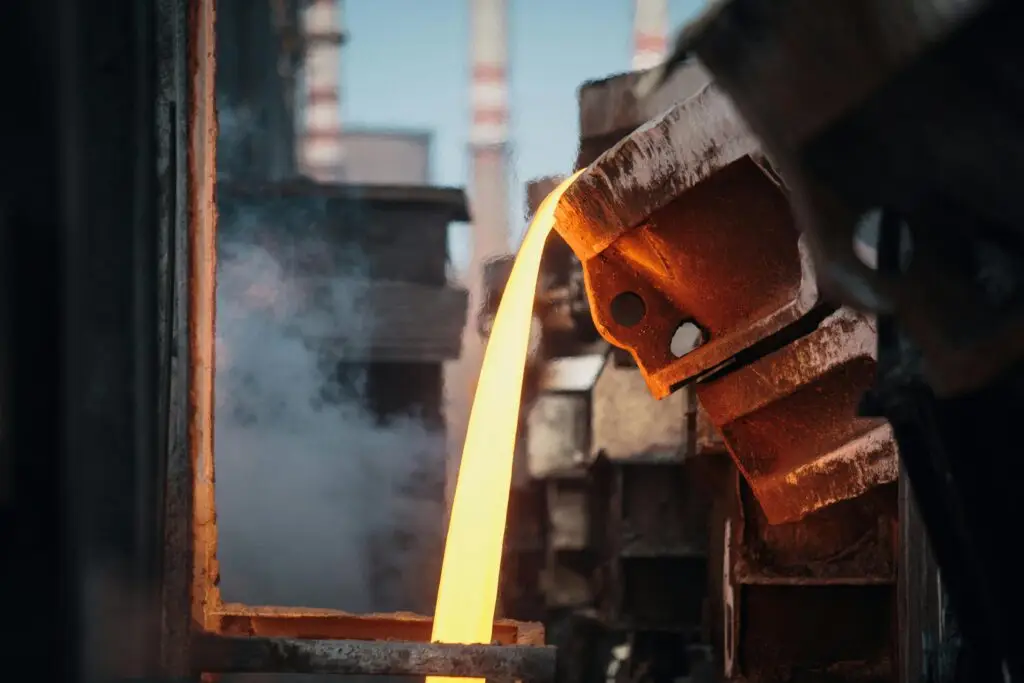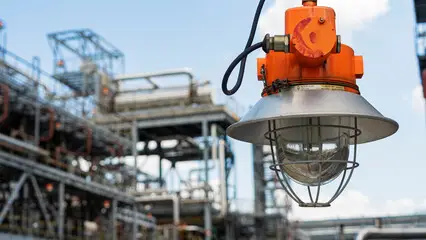Step-by-Step Guide to Installing Hazardous Location Lighting
Introduction
Installing hazardous location lighting requires strict adherence to safety standards and technical specifications to prevent electrical hazards, fires, and explosions. These lighting fixtures are designed for environments where flammable gases, dust, or combustible materials are present. This guide provides a detailed step-by-step approach to safely and effectively installing hazardous location lighting in compliance with industry standards.
Understanding Hazardous Location Lighting Requirements
Before installation, it is crucial to identify the correct lighting type based on the hazardous area classification. Regulatory bodies such as OSHA (Occupational Safety and Health Administration), NEC (National Electrical Code), and UL (Underwriters Laboratories) provide classifications for hazardous locations:
- Class I: Areas with flammable gases or vapors (e.g., chemical plants, refineries).
- Class II: Locations with combustible dust (e.g., grain silos, coal processing plants).
- Class III: Areas with easily ignitable fibers (e.g., textile mills, woodworking plants).
- Division 1: Explosive materials are present under normal conditions.
- Division 2: Explosive materials are only present under abnormal conditions.
Tools and Materials Needed
- Explosion-proof light fixture rated for the specific hazardous location.
- Conduit and junction boxes suitable for hazardous environments.
- Explosion-proof fittings and connectors.
- Wire strippers, screwdrivers, and voltage testers.
- Personal Protective Equipment (PPE) including gloves, safety goggles, and an arc flash suit if required.
- Electrical conduit sealant to prevent vapor transmission.
Step 1: Assess and Prepare the Installation Area
- Identify the exact classification of the area using NEC standards.
- Shut off power at the circuit breaker to prevent electrical hazards.
- Ensure the mounting surface is stable and capable of supporting the fixture’s weight.
- Confirm that the light fixture matches the hazardous classification (Class, Division, and Temperature Rating).
Step 2: Install the Explosion-Proof Conduit System
- Run explosion-proof conduit from the power source to the installation site.
- Use conduit seals at entry and exit points to prevent gas or vapor leakage.
- Secure all connections with threaded explosion-proof fittings.
- Apply approved sealants to all conduit joints.
Step 3: Wiring the Hazardous Location Light Fixture
- Follow NEC and UL guidelines for wire gauge and insulation requirements.
- Use explosion-proof wire connectors to join wiring inside the junction box.
- Verify proper grounding to reduce the risk of static electricity igniting flammable materials.
- Double-check voltage compatibility between the power source and the fixture.
Step 4: Mount and Secure the Fixture
- Attach the fixture to the mounting bracket using corrosion-resistant hardware.
- Ensure the fixture is properly aligned to maximize illumination.
- Use gaskets and seals to protect against moisture, dust, and vapor ingress.
- Tighten all screws and fittings to prevent vibrations from loosening connections.
Step 5: Test and Inspect the Installation
- Turn on the power and check the fixture for proper operation.
- Inspect all seals and conduits for any leaks or loose fittings.
- Perform a voltage and continuity test to ensure correct wiring.
- Conduct a functional test in accordance with OSHA and NEC safety guidelines.
Common Installation Mistakes to Avoid
- Using non-rated fixtures in hazardous locations, leading to safety risks.
- Failing to seal conduits properly, which can allow explosive gases to travel.
- Skipping the grounding process, increasing the risk of static discharge ignition.
- Overlooking periodic maintenance, leading to fixture degradation and failure.
Future Trends in Hazardous Location Lighting Installation
- Smart explosion-proof lighting with IoT integration for remote monitoring.
- LED-based hazardous lighting for improved energy efficiency and longevity.
- Self-diagnostic lighting systems that alert maintenance teams to potential failures.
Conclusion
Proper installation of hazardous location lighting is essential for workplace safety, regulatory compliance, and operational efficiency. By following this step-by-step guide, industrial facilities can ensure safe and reliable lighting in hazardous environments. Regular maintenance and adherence to NEC, OSHA, and UL guidelines will further enhance long-term safety and performance.


